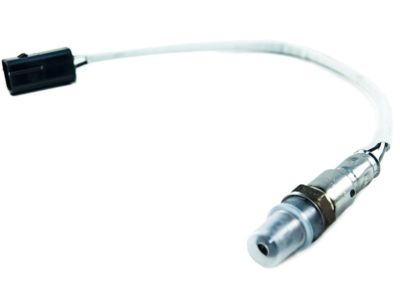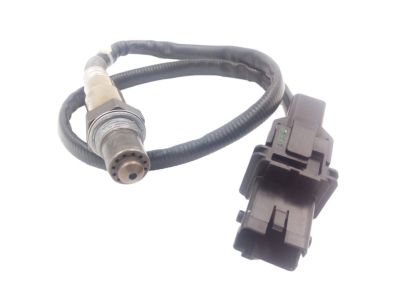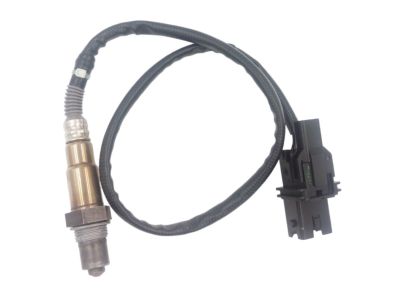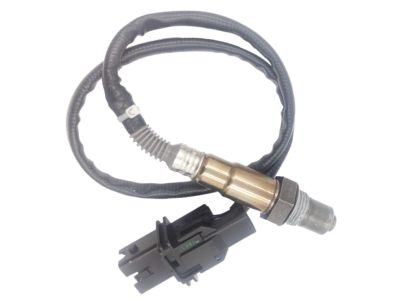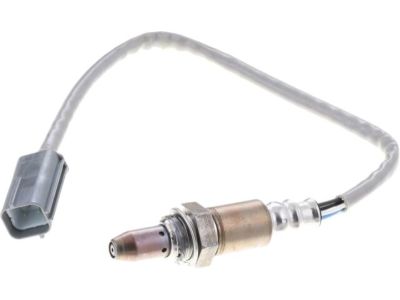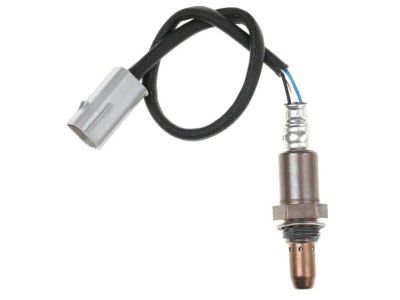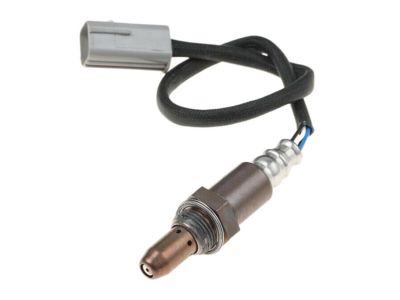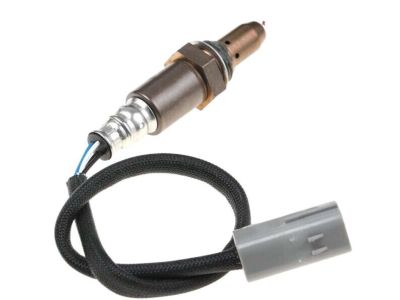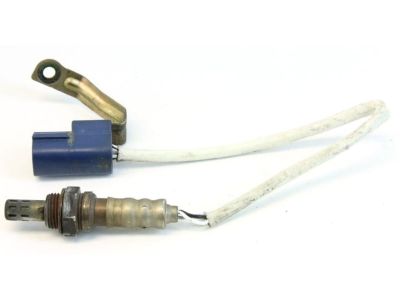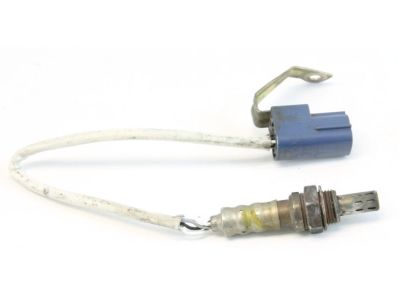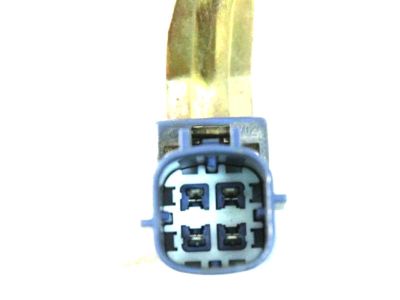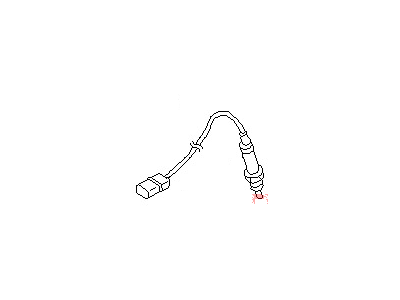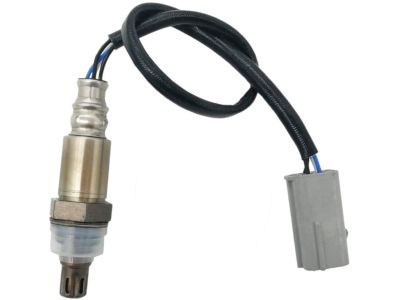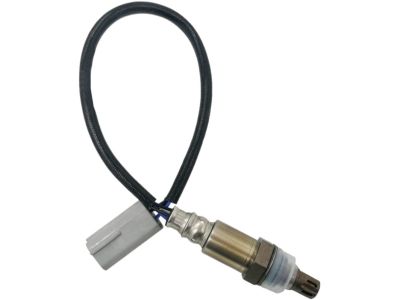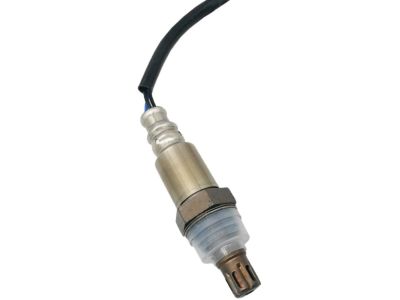
My Garage
My Account
Cart
Genuine Infiniti G35 Oxygen Sensor
Oxygen O2 Sensor- Select Vehicle by Model
- Select Vehicle by VIN
Select Vehicle by Model
orMake
Model
Year
Select Vehicle by VIN
For the most accurate results, select vehicle by your VIN (Vehicle Identification Number).
7 Oxygen Sensors found

Infiniti G35 Rear Heated Oxygen Sensor
Part Number: 226A0-ET000$206.90 MSRP: $325.82You Save: $118.92 (37%)Ships in 1-2 Business Days
Infiniti G35 Air Fuel Ratio Oxygen Sensor
Part Number: 22693-CD700$203.93 MSRP: $321.12You Save: $117.19 (37%)Ships in 1 Business Day
Infiniti G35 Air Fuel Ratio Sensor
Part Number: 22693-1NA0A$256.69 MSRP: $404.20You Save: $147.51 (37%)Ships in 1 Business Day
Infiniti G35 Rear Heated Oxygen Sensor
Part Number: 226A0-AM601$200.17 MSRP: $315.20You Save: $115.03 (37%)Ships in 1-3 Business Days
Infiniti G35 Rear Heated Oxygen Sensor
Part Number: 226A1-AM601$200.73 MSRP: $316.08You Save: $115.35 (37%)Ships in 1-3 Business Days
Infiniti G35 Air Fuel Ratio Sensor
Part Number: 22693-ZE00A$214.71 MSRP: $338.10You Save: $123.39 (37%)Ships in 1-3 Business DaysInfiniti G35 Heated Oxygen Sensor
Part Number: 22690-AL600$160.63 MSRP: $250.95You Save: $90.32 (36%)Ships in 1-3 Business Days
Infiniti G35 Oxygen Sensor
Wondering where to find exceptional quality and economically-priced OEM Infiniti G35 Oxygen Sensor? You are at the proper online store. We offer all genuine Infiniti G35 Oxygen Sensor with a manufacturer's warranty at unbeatable prices. Order now and you can get brand-new parts at your door step with our fast shipping times.
Infiniti G35 Oxygen Sensor Parts Questions & Experts Answers
- Q: What is the function and purpose of an oxygen sensor on Infiniti G35's exhaust system?A:A galvanic battery is what an oxygen sensor functions as, which produces voltage based on the amount of oxygen in the exhaust. It is responsible for producing a voltage output that ranges from 0.1 volt (this indicates a lean mixture with high oxygen levels) to 0.9 volt (this indicates a rich mixture with low oxygen levels). Positioned upstream of the Catalytic Converters on the exhaust manifolds, there are feedbacks from residual oxygen in the exhaust to PCM via upstream oxygen sensors. To attain ideal air/fuel ratio of 14.7:1 by attaining complete combustion, this variable voltage is utilized by PCM to know necessary fuel injector pulse width. By generating slower fluctuating voltage signals, downstream oxygen sensors found on the catalytic converters monitor catalytic converter efficiency. The expected range can be deviated from by this signal as the catalytic converter gets old and less effective making it possible for PCM to predict converter failure. In all models there are four O2 sensors which consist of two upstream (1/1 and 2/1) located at the exhaust manifolds and two located downstream (1/2 and 2/2) at the catalytic converters. Among these conditions are electrical connectivity, unobstructed airflow, correct operating temperature (approximately 600 degrees F), and use of lead-free or unleaded fuel. When such issues arise due to an O2 sensor problem, PCM detects several faults and establishes Diagnostic Trouble Codes (DTCs) that make it go into open-loop fuel control mode. Proper anti-seize compound must be used when replacing or not when replacing depending on whether it's an old or new sensor. After installing a new sensor, one should disconnect battery cable then leave it for about five minutes or just let it sit thus helping erase previously stored operational values in PCM so that it can start learning new attributes about vehicle characteristics. Failing to do this may result in problems with drivability.
